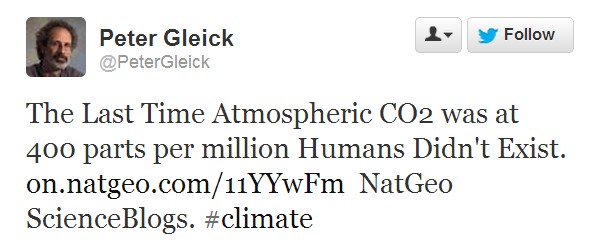Disrupting the Borg is expensive and time consuming!
Google Search
-
Recent Posts
- “Why Do You Resist?”
- Climate Attribution Model
- Fact Checking NASA
- Fact Checking Grok
- Fact Checking The New York Times
- New Visitech Features
- Ice-Free Arctic By 2014
- Debt-Free US Treasury Forecast
- Analyzing Big City Crime (Part 2)
- Analyzing Big City Crime
- UK Migration Caused By Global Warming
- Climate Attribution In Greece
- “Brown: ’50 days to save world'”
- The Catastrophic Influence of Bovine Methane Emissions on Extraterrestrial Climate Patterns
- Posting On X
- Seventeen Years Of Fun
- The Importance Of Good Tools
- Temperature Shifts At Blue Hill, MA
- CO2²
- Time Of Observation Bias
- Climate Scamming For Profit
- Climate Scamming For Profit
- Back To The Future
- “records going back to 1961”
- Analyzing Rainfall At Asheville
Recent Comments
- conrad ziefle on “Why Do You Resist?”
- conrad ziefle on Climate Attribution Model
- Bob G on “Why Do You Resist?”
- Bob G on Fact Checking NASA
- Bob G on Fact Checking NASA
- Ohio Cyclist on Fact Checking NASA
- Bob G on Fact Checking NASA
- Bob G on Fact Checking NASA
- Bob G on Fact Checking NASA
- Bob G on Fact Checking NASA
My Response To Peter Gleick
This entry was posted in Uncategorized. Bookmark the permalink.




Increasing CO2 made it possible for humans to increase in numbers. Maybe increases in CO2 caused the increase in human population. Which came first, the chicken or the claim that CO2 causes problems! 😉
Co2, the food of life. 🙂
OMG! … Stop the CO2 … It is now causing HUMANS! .. oh dear…
Ernst Georg Beck made a study of early CO2 measurements in the atmosphere.
“Early researchers knew of the existence of a large set of CO2 measures from the 19th century beginning in 1812. They were part of the drive to determine the constituents of the atmosphere.”
http://drtimball.com/2011/ernst-georg-beck-a-major-contributor-to-climate-science-effectively-sidelined-by-climate-deceivers/
“With his special meticulousness, Beck collected and analysed thousands and thousands of older measurements of the CO2 content of the air and found out that such content has been sometimes higher than today in the first half of the 20th century and also partially in the 19th century”
Check out the graph titled “CO2 Measurements 1812-2004 (chemical raw data)
The idea that we know what CO2 levels have been over time is laughable. We have guesses and estimates from the sampling we have done.
Gleickhead really does illustrate all that is wrong with neo-science.
Now that’s the link they were waiting for. Kill humans and you lower the CO2. Or was this the plan from the beginning? http://green-agenda.com
It’s amazing how one article from NatGeo gets Gleick’s attention, while others don’t:
http://news.nationalgeographic.com/news/2006/08/060829-methane-warming.html
“… Measuring the amount of tar in a sediment layer is a convenient way to assess how much methane seepage took place during a period in climatic history.
Hill found that tar levels in the sediments peaked at two critical intervals: from 14,000 to 16,000 years ago, and from 10,000 to 11,000 years ago.
These correspond to the most dramatic warming periods in Earth’s recent history, when glacial eras gave way to more moderate temperatures…”
Or this one:
http://news.nationalgeographic.com/news/2006/01/0111_060111_plant_methane.html
“…David Lowe is an atmospheric chemist with the National Institute of Water and Atmospheric Research in Wellington, New Zealand. He wrote a review article accompanying the study.
According to Lowe, “We now have the specter that new forests might increase greenhouse warming through methane emissions rather than decrease it by being sinks for carbon dioxide…”
Later, same article:
“… Lowe notes that any reassessment of current climate change models could include some interesting political ramifications.
For example, the Kyoto protocol – an international treaty designed to try and curb climate change – requires complex accounting that holds countries to specified greenhouse gas emissions limits.
“Several countries are counting their forests as vegetative sinks for carbon dioxide,” he said.
“But are you absorbing more carbon dioxide than you are [possibly] releasing methane? I suppose that the Kyoto protocol accountants are going to be working overtime trying to figure that one out…”
More scientists are actually seeing how NATURE is changing the levels, rather than blaming every event on man.
It does not matter because neither gas controls the temperature of the planet. Just more fairy tales created by the Chicken Little Brigade so they can get more funding to chase rainbows and unicorns.